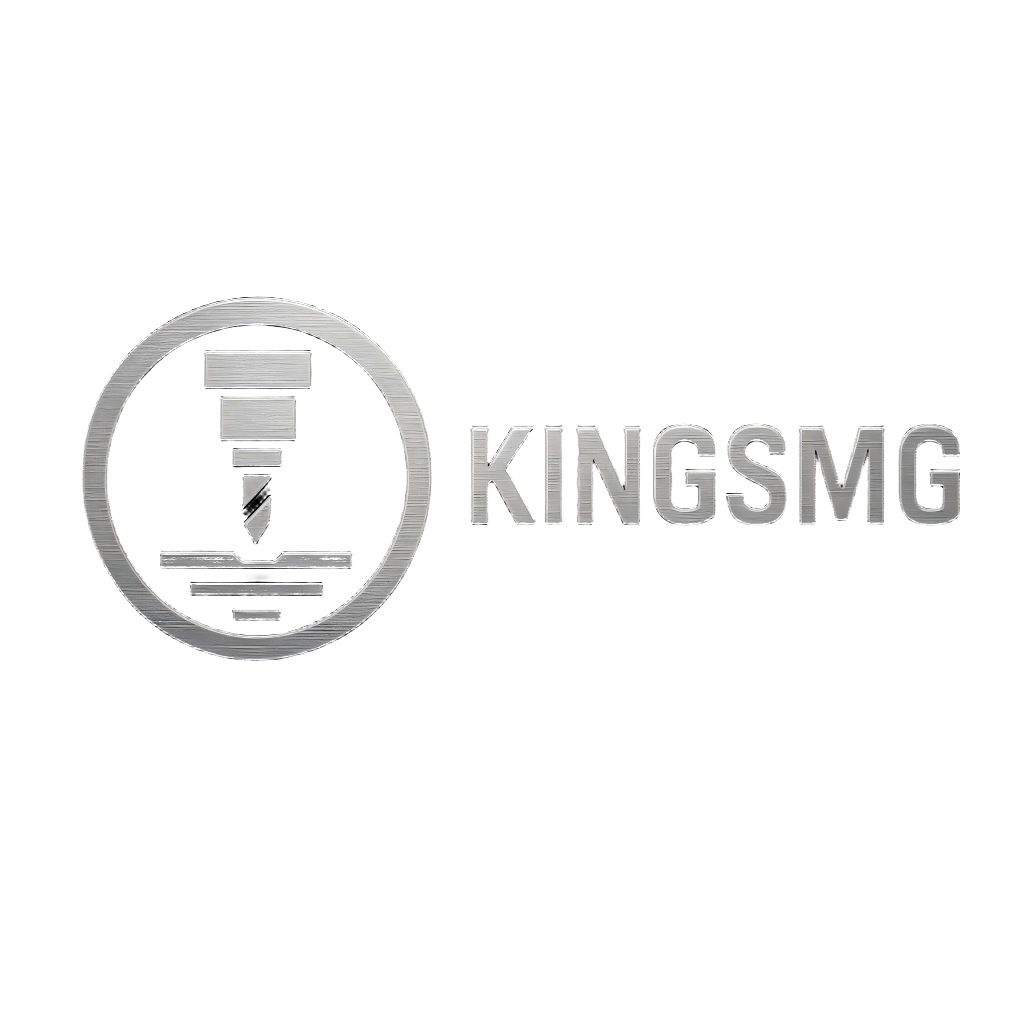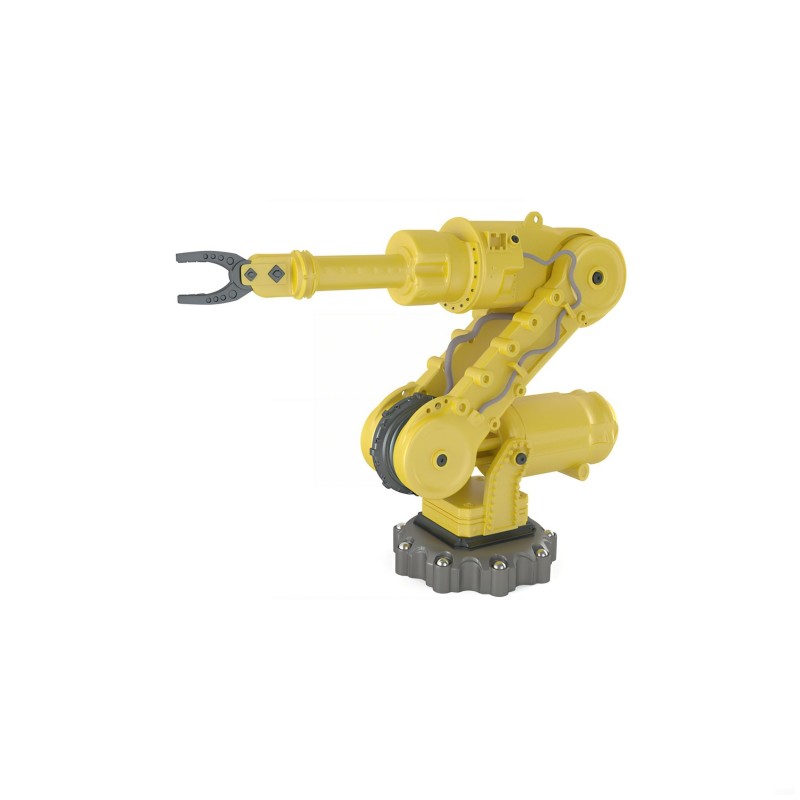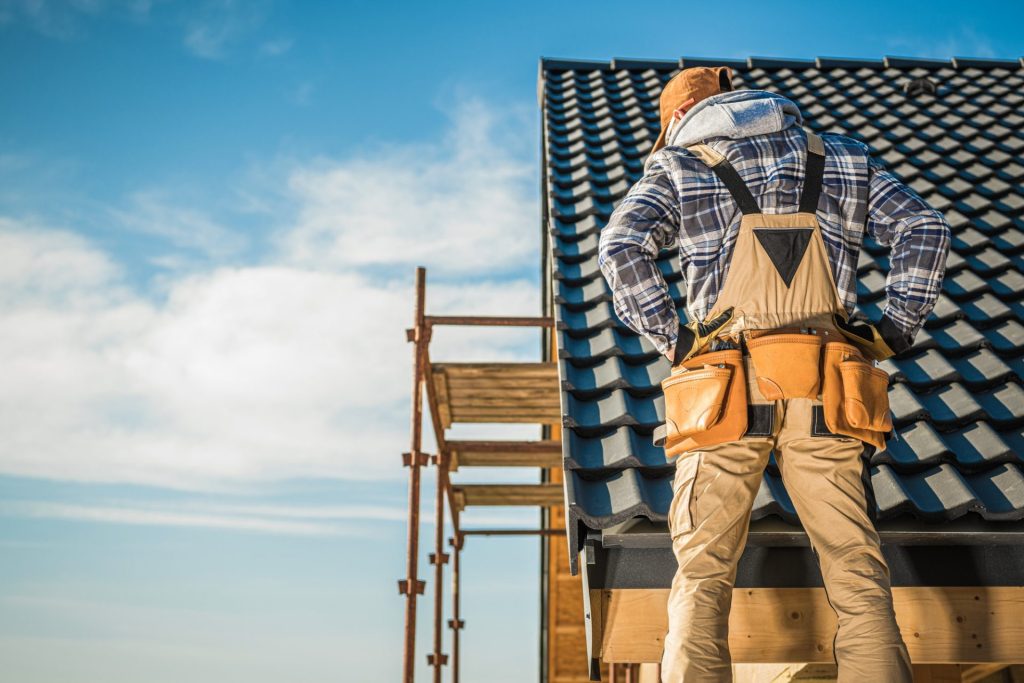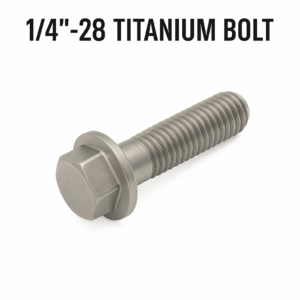Heat creep is a common yet frustrating issue faced by many 3D printing enthusiasts and professionals. It occurs when heat from the hot end of an FDM (Fused Deposition Modeling) printer travels upward into the extruder assembly, softening the filament before it reaches the nozzle. This unwanted heating causes the filament to swell, leading to clogs, inconsistent extrusion, print failures, and wasted material.
In this article, we’ll explore 10 proven methods to prevent heat creep, discuss its main causes and effects, and explain why maintaining proper cooling and material quality is essential for reliable, high-quality 3D prints.
1. Check the Cooling Fan
The cooling fan plays a crucial role in maintaining temperature stability throughout the extruder. If the fan isn’t working correctly, heat won’t dissipate efficiently, and thermal buildup will move upward into the filament path.
Start by ensuring the fan is receiving the correct rated voltage and spinning at the proper speed. A malfunctioning or underpowered fan can drastically reduce heat transfer efficiency. Regular inspection and timely replacement of faulty fans are the simplest and most effective ways to avoid heat creep.
2. Adjust Fan Speed for Better Cooling
Fan speed directly affects convective heat transfer. The faster the fan spins, the higher the air velocity around the heat sink, increasing turbulence and improving heat dissipation.
Most slicing software allows users to fine-tune fan speeds for different layers or temperatures. By increasing fan speed, you can enhance cooling performance without modifying the printer’s hardware. However, be careful not to overdo it—excessive cooling may cause warping or layer separation in certain materials like ABS.
3. Upgrade to a High-Quality Hot End
Not all hot ends are designed equally. Inexpensive models often lack proper thermal isolation and efficient heat sink design, which can worsen heat creep issues.
Investing in a well-engineered, high-quality hot end can make a significant difference. Premium hot ends use materials with low thermal conductivity, feature optimized cooling fins, and are built to keep the heat zone localized near the nozzle. Such upgrades not only reduce heat creep but also improve print precision, consistency, and overall reliability.
4. Use High-Quality Filament
The quality of your filament can dramatically influence the likelihood of heat creep. Poorly manufactured filaments often have inconsistent diameters or melting temperatures, making it difficult to maintain stable extrusion conditions.
If one batch of filament prints flawlessly while the next consistently jams, filament inconsistency could be the culprit. Oversized or uneven filaments are especially prone to swelling under moderate heat, leading to blockages.
To avoid these issues, always choose reliable, high-quality filament from reputable brands. Consistent filament ensures predictable performance and helps maintain an even flow through the hot end.
5. Increase Print Speed
The longer filament remains inside the heated zone, the greater the chance that heat will travel upward and soften it prematurely. Increasing your print speed reduces the time the filament spends in high-temperature areas, minimizing heat transfer along the filament.
Faster print speeds keep the extrusion process dynamic and stable. However, balance is key—too much speed can reduce layer adhesion or cause under-extrusion. Adjust gradually and test different speeds to find the optimal balance for your material and printer.
6. Lower the Printing Temperature
Reducing the nozzle temperature can prevent excessive heat buildup inside the hot end. Lower temperatures reduce the energy driving heat creep upward, especially when combined with efficient cooling.
That said, every filament has a specific temperature range for optimal performance. If the temperature is too low, the filament may not melt sufficiently, causing weak layer bonding or clogging. Aim for the lowest possible temperature that still ensures smooth extrusion and proper adhesion. Make small adjustments—around 5°C at a time—and monitor print quality closely.
7. Increase Retraction Speed
Retraction settings influence how much molten filament remains in the heated zone when the printer moves between extrusion points. If the retraction speed is too slow, partially melted filament can linger in the hot end long enough to swell and cause a blockage.
A faster retraction speed helps pull the filament back quickly before it softens too much. This is particularly important during long prints where gradual heating of the upper extruder assembly can worsen heat creep over time.
8. Reduce Retraction Distance
While retraction prevents stringing, excessive retraction distance can draw softened filament too far into the heat break or even the extruder drive area. When that happens, the filament may deform, jam, or stick to uncoated internal surfaces.
To avoid this, fine-tune your retraction distance based on your printer type:
-
For direct drive systems, 1–2 mm is usually enough.
-
For Bowden systems, slightly longer distances (4–6 mm) may be required.
Finding the right balance minimizes both stringing and the risk of heat-related clogs.
9. Install a Cooling Shroud
A cooling shroud or duct helps channel airflow directly over the heat sink, significantly improving cooling efficiency. By focusing the fan’s airflow on the most critical areas, a shroud ensures that heat is quickly removed before it can travel upward into the extruder assembly.
Many 3D printer models have community-designed fan shrouds available for download and printing. Upgrading or redesigning your airflow system is a simple, low-cost modification that can make a big difference in thermal management.
10. Regularly Inspect for Clogs and Debris
Over time, small bits of plastic, dust, or residue can build up inside the hot end or heat break. These deposits restrict airflow and interfere with proper heat transfer, contributing to heat creep.
Make it a habit to clean your hot end regularly. Use a cleaning filament or perform a “cold pull” to remove leftover material. Inspect the PTFE tube for discoloration or deformation and replace it if necessary. Preventive maintenance can save hours of troubleshooting and wasted prints later on.
Why Preventing Heat Creep Matters
Ignoring heat creep can lead to a cascade of issues that affect both print quality and machine longevity. When filament softens too early, it can clog the hot end, interrupt extrusion, and ruin long prints. Moreover, melted filament that expands in the heat break can be extremely difficult to remove, often requiring a full disassembly of the hot end.
By addressing heat creep early, you ensure consistent extrusion, better surface finish, and less downtime. Preventive measures are far easier and cheaper than repairing damage caused by severe blockages.
The Role of Filament Quality in Heat Creep Prevention
Filament quality directly influences how well your printer handles temperature fluctuations. Inconsistent melting points make it difficult to fine-tune your print settings for optimal results.
When using low-quality filament, you might reduce the temperature to avoid heat creep—only to discover that parts of the filament don’t melt properly. On the other hand, oversized filaments can swell more easily, leading to jams even at normal temperatures.
To minimize these issues:
-
Choose filaments with tight diameter tolerances (±0.02 mm or better).
-
Store filaments in a dry, sealed container to prevent moisture absorption.
-
Use consistent brands and materials for reliable results.
Common Causes of Heat Creep
-
Insufficient Cooling: Weak fans, poor heat sink design, or improper airflow.
-
High Printing Temperature: Excessive heat accelerates thermal migration.
-
Long Retraction Distance: Draws molten filament into cooler zones.
-
Slow Printing Speed: Allows more time for heat conduction along the filament.
-
Poor Filament Quality: Inconsistent melt characteristics or oversized diameter.
-
Bad Hot End Design: Inadequate thermal isolation or inefficient materials.
-
Clogs and Residue: Debris buildup that disrupts heat transfer.
Each of these factors contributes to the gradual breakdown of your printer’s thermal balance—and collectively, they can cause recurring failures if left unresolved.
Effects of Heat Creep on 3D Printing
Heat creep can manifest in several ways:
-
Clogs: Premature melting and expansion block the filament path.
-
Under-Extrusion: Partial blockages reduce filament flow, weakening layer adhesion.
-
Warping: Temperature inconsistencies between layers lead to deformation.
-
Reduced Print Quality: Uneven extrusion causes poor surface finish and visible lines.
-
Material Waste: Failed prints waste filament, energy, and time.
Maintaining consistent cooling and temperature control ensures smoother, stronger, and more visually appealing prints.
Frequently Asked Questions
How does retraction distance affect heat creep?
If retraction distance is too long, softened filament can be pulled into the cooler parts of the extruder, where it solidifies and causes jams. Keeping retraction short helps maintain smooth movement.
What are the risks of ignoring heat creep?
Unresolved heat creep can permanently damage PTFE liners, clog the nozzle, waste material, and reduce overall printer reliability.
Does heat creep require immediate attention?
Yes. Even minor symptoms—like inconsistent extrusion or clicking sounds from the extruder—can signal the onset of heat creep. Addressing it early prevents costly downtime.
Conclusion
Preventing heat creep is all about thermal management—keeping the heat where it belongs and removing it from where it doesn’t. By combining good hardware, proper settings, and regular maintenance, you can print longer, cleaner, and more reliably.
At KingsMG, we provide advanced 3D printing solutions, high-quality components, and expert manufacturing services to help you get the most out of your equipment. Whether you’re prototyping or producing at scale, KingsMG ensures consistent performance, precision, and quality in every print.
Visit KingsMG’s website to explore our full range of 3D printing materials, components, and technical resources designed to elevate your manufacturing process.
Disclaimer:
The information presented here is for general educational purposes only. KingsMG makes no express or implied warranties regarding the accuracy or completeness of the information. Actual material performance and process parameters may vary depending on printer configuration and environmental conditions. Please refer to KingsMG’s terms and conditions for more details.





